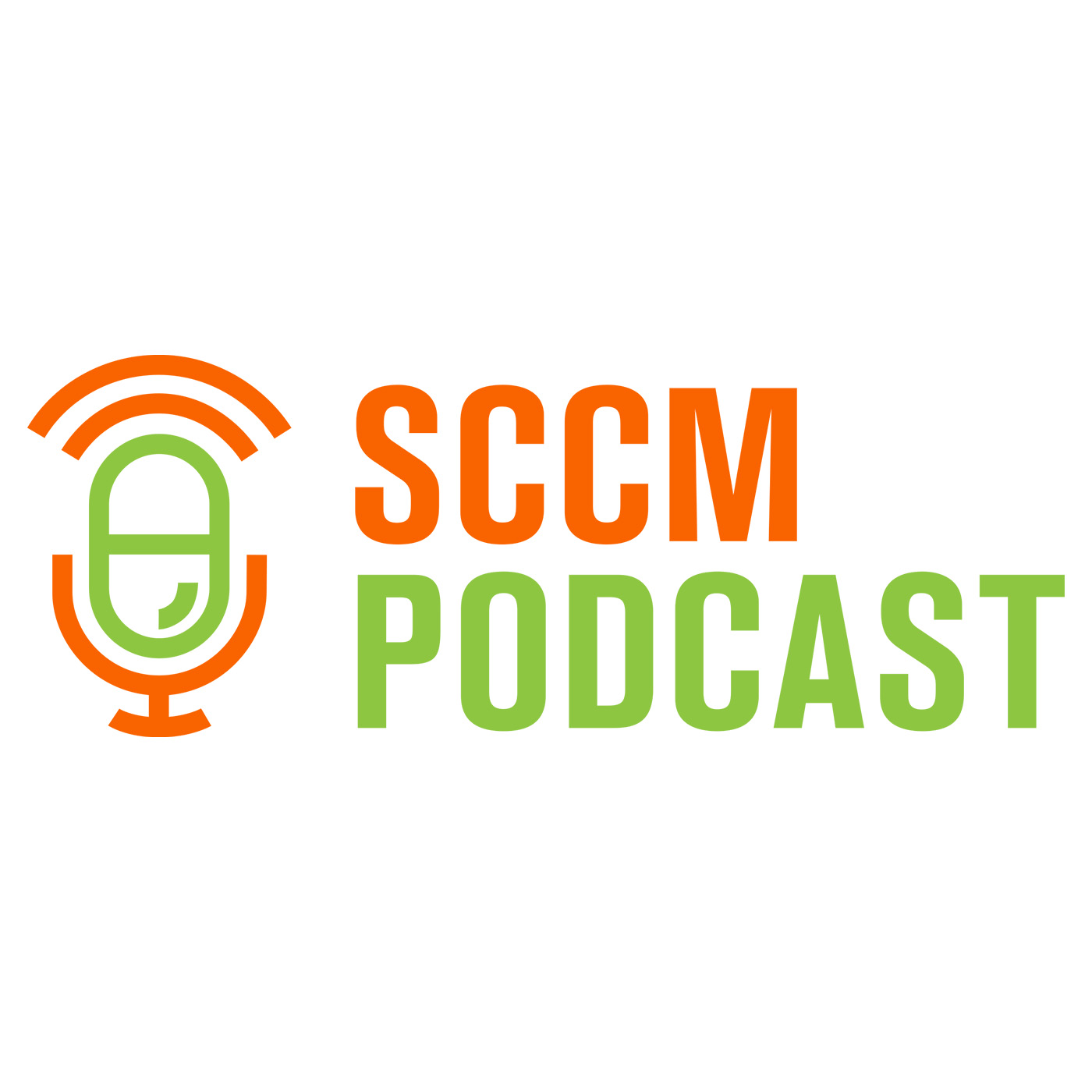
SCCM Pod-539: ICU Liberation: Overcoming Barriers for Sustained Improvement

SCCM Podcast
Deep Dive
- Shift from drug-induced coma to minimizing sedation and promoting early mobility.
- Focus on patient thriving, not just survival.
- Low-tech, high-impact interventions.
- Better outcomes and lower costs.
Shownotes Transcript
The ICU Liberation Campaign) from the Society of Critical Care Medicine (SCCM) has transformed critical care, but the COVID-19 pandemic and subsequent staffing challenges have posed major obstacles to maintaining progress. In this episode of the SCCM Podcast, host Ludwig H. Lin, MD, speaks with Juliana Barr, MD, FCCM, a key architect of the ICU Liberation Campaign. Dr. Barr was a lead author of the 2013 “Clinical Practice Guidelines for the Management of Pain, Agitation, and Delirium in Adult Patients in the Intensive Care Unit,” known as the PAD guidelines, an original cornerstone of the ICU Liberation Campaign (Barr J, et al. Crit Care Med. 2013;41:263-306)). The guidelines’ recent 2025 update also addressed immobility and sleep disruption (Lewis K, et al. Crit Care Med. 2025;53:e711-e727)).
Dr. Barr shares her personal journey from traditional ICU practices of heavy sedation and immobility to leading efforts that prioritize patient recovery, well-being, and post-ICU quality of life. She emphasizes how ICU Liberation reintroduced low-tech, high-impact interventions such as minimizing sedation, promoting early mobility, and engaging families—leading to better outcomes at lower costs. She cites the 2017 international survey by Morandi et al that demonstrated uneven but steady improvements in global ICU Liberation practices before the pandemic (Morandi A, et al. Crit Care Med. 2017;45:e1111-e1122).
Dr. Barr details the need for reeducation, multidisciplinary team engagement, and reworking electronic health record (EHR) systems to better support ICU Liberation goals.
Looking forward, Dr. Barr offers a "burning platform" approach, stressing that delaying ICU Liberation practices risks poorer patient outcomes. She advocates for cultural change, leadership engagement, real-time metrics visibility, and hospital-wide investment—including IT support to surface buried ICU Liberation Bundle data within EHRs.
By reframing ICU Liberation as a "team sport" and making best practices part of daily ICU culture, Dr. Barr believes institutions can reestablish the bundle’s momentum and reconnect healthcare teams to their core mission—helping patients return to meaningful lives after critical illness.
This conversation offers energizing, practical strategies for ICU teams at every stage of ICU Liberation implementation or reinvigoration.